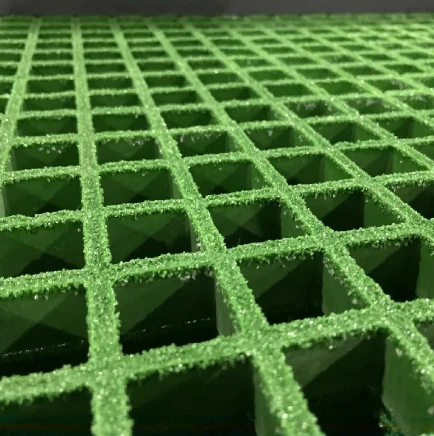loading...
- No. 9, Xingyuan South Street, Dongwaihuan Road, Zaoqiang County, Hengshui, Hebei, China
- admin@zjcomposites.com
- +86 15097380338
- Welcome to visit our website!
Understanding the Cost Factors of Fiberglass Rebar for Construction Projects
Understanding the Cost of Fiberglass Rebar
In recent years, fiberglass rebar has gained popularity as an alternative to traditional steel rebar in construction projects. Its unique properties, such as corrosion resistance, lightweight, and high tensile strength, make it a desirable choice for various applications. However, one of the key considerations for builders and contractors is the cost of fiberglass rebar in comparison to traditional materials. This article explores the various factors influencing the cost of fiberglass rebar and how it compares to its steel counterpart.
What is Fiberglass Rebar?
Fiberglass rebar, or glass fiber reinforced polymer (GFRP) rebar, is made from a composite of fiberglass strands and resin. This combination results in a non-corrosive, strong reinforcement material that is well-suited for environments that would typically cause steel rebar to rust, such as coastal or chemical-intensive areas. Thanks to its lightweight nature, fiberglass rebar can be easier to handle and transport, which may lead to labor cost savings during installation.
Initial Cost vs. Long-Term Savings
The initial purchase price of fiberglass rebar can be higher than that of traditional steel rebar. Prices for fiberglass rebar typically range from $2 to $5 per linear foot, while the cost of steel rebar can range from $0.25 to $1.00 per linear foot, depending on market fluctuations and regional availability. The initial investment may seem daunting for contractors and project managers, but it is important to consider the long-term savings associated with fiberglass rebar.
One of the most significant advantages of fiberglass rebar is its corrosion resistance. Steel rebar is prone to rusting, especially when exposed to moisture and various chemicals, leading to structural damage over time. This corrosion results in higher costs for maintenance, repairs, and potential replacements. In contrast, fiberglass rebar can endure harsh conditions for decades without significant degradation. Therefore, while the upfront cost may be higher, the total cost of ownership for fiberglass rebar can often be lower over a project’s lifespan.
Factors Influencing Cost
Several factors influence the overall cost of fiberglass rebar
. These includefiberglass rebar cost

1. Material Quality The quality of the fiberglass and resin used affects the price. Higher-quality materials result in stronger, more durable rebar but at a higher cost.
2. Manufacturing Methods Different manufacturing processes can impact pricing. For instance, advanced technologies that create more uniformly distributed fibers may produce a more expensive product but enhance performance.
3. Market Demand As the construction industry increasingly embraces sustainable materials, the demand for fiberglass rebar is rising, which can lead to price fluctuations.
4. Transportation and Availability Depending on the location of projects, transportation costs for fiberglass rebar may increase overall expenses, especially in areas where it isn’t readily available.
5. Installation Costs While fiberglass rebar may have higher material costs, the potential for lower labor costs due to its lightweight nature can offset this expense. Educating workers on proper installation techniques is also essential for maximizing cost efficiency.
Conclusion
The choice between fiberglass rebar and traditional steel rebar ultimately hinges on project requirements, environmental conditions, and budget considerations. Although fiberglass rebar presents a higher initial cost, the material’s superior performance, longevity, and reduced maintenance can result in significant savings over time. As more contractors and engineers recognize the advantages of using fiberglass rebar, it is poised to become a more widespread choice in construction, particularly in challenging environments.
When evaluating the cost of fiberglass rebar, it is crucial to consider not just the initial investment but the overall lifecycle costs. By weighing these factors, construction professionals can make informed decisions that ensure structural integrity and durability in their projects.
-
GRP Structures: The Future of Lightweight, High-Performance EngineeringNewsJun.20,2025
-
FRP Water Tank: High-Performance Storage for Corrosive and Clean Water SystemsNewsJun.20,2025
-
FRP Square Tube: The New Industry Standard for Chemical and Structural ApplicationsNewsJun.20,2025
-
FRP Pultruded Profiles: The Ultimate Choice for Lightweight Structural StrengthNewsJun.20,2025
-
FRP Handrails: The Safer, Smarter, and Stronger Choice for Modern InfrastructureNewsJun.20,2025
-
FRP Grating: The Smart Solution for Durable, Lightweight Industrial FlooringNewsJun.20,2025
-
Why Choose a Galvanized Water Tank for Your Storage NeedsNewsMay.21,2025
